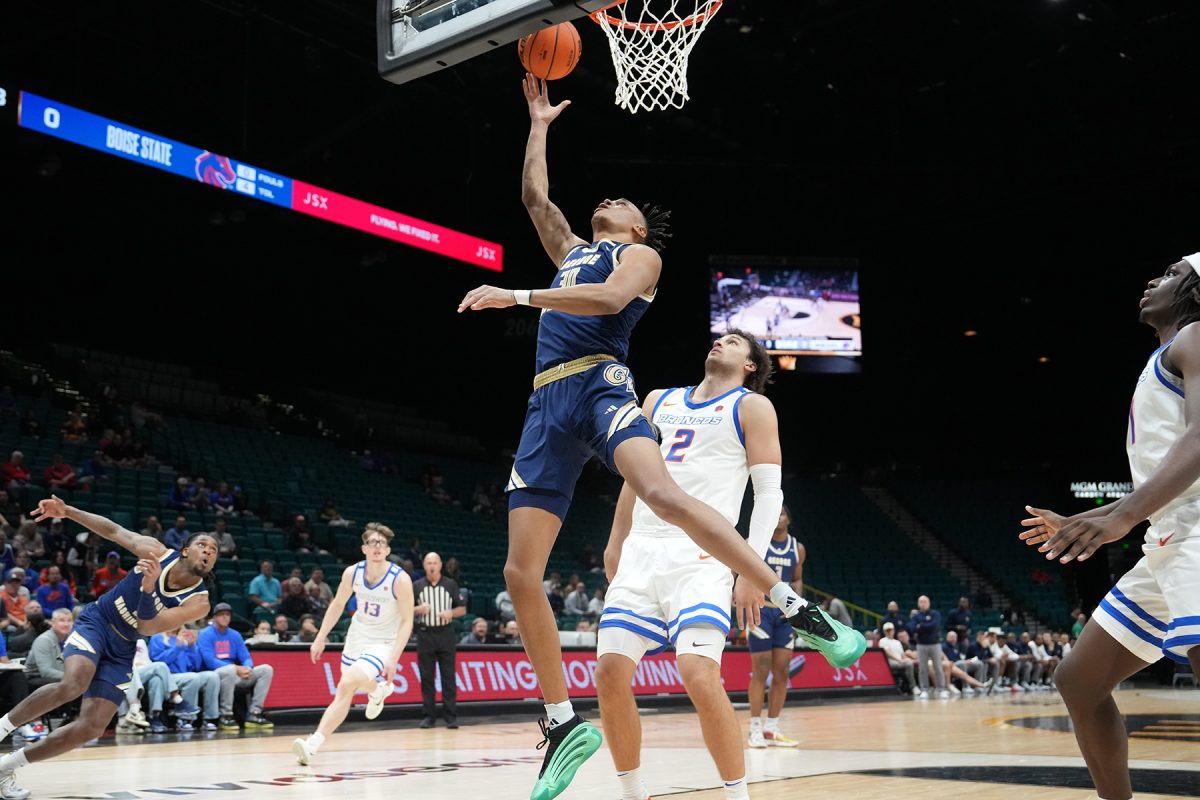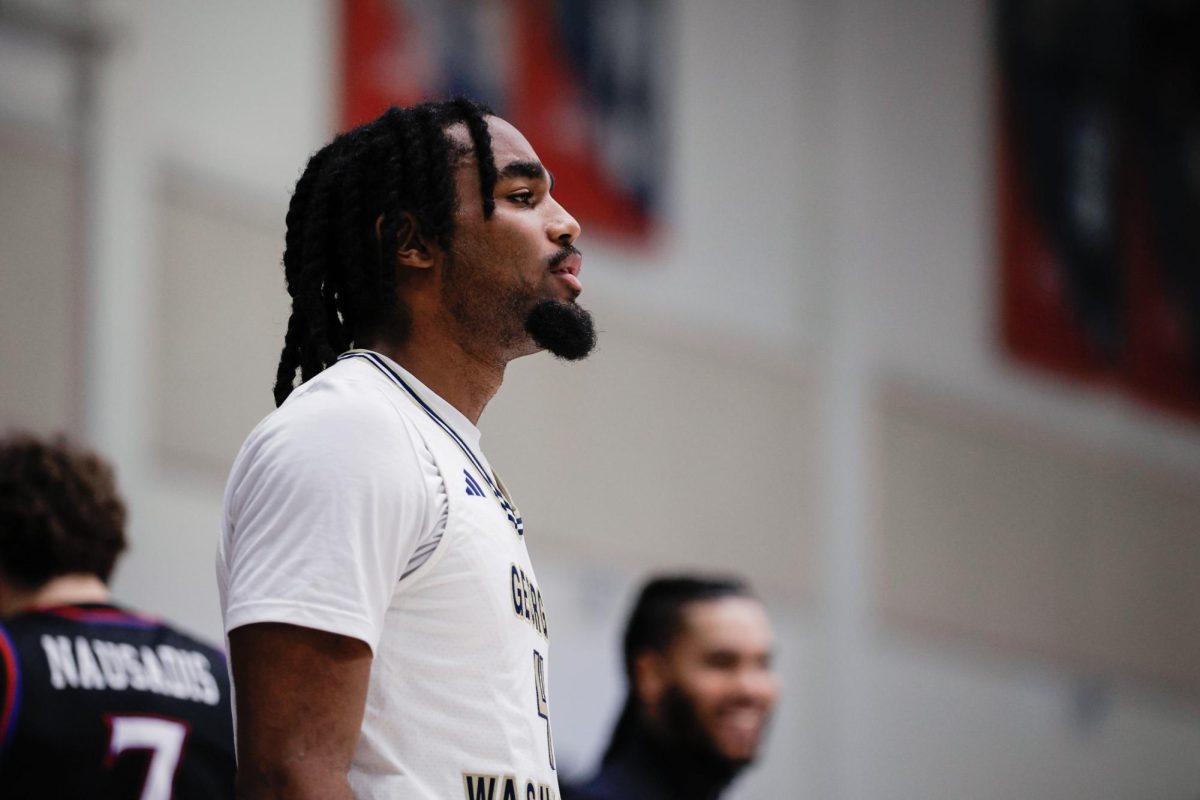
Barcroft Park’s Field #6 has served as GW’s home field since 1993, but Saturday, the sign that heads the stadium entrance took on a new meaning.
Before the Colonials’ second game in a three-game-series against Quinnipiac, the athletics department and Arlington County held a special ceremony announcing the grand opening of the newly renovated Barcroft Park.
“Today is really about the 70-80 years that we’ve had baseball and it’s a combination of that,” athletics director Patrick Nero said. “We’re really celebrating 80 years of baseball and then the next 80. This university, our trustees, our alumni, our donors made a commitment to our baseball program and we’re just saying thanks.”
A formal ribbon-cutting ceremony christened the renovated stadium, with a new FieldTurf playing surface, grandstand style seating, batting cages, press box and “Fenway-esque” centerfield.
University President Steven Knapp and Arlington County Board Chair J. Walter Tejada joined Nero and other officials in the unveiling.
“We had to have a ballpark that people could come out to- fans, students, alumni- and watch our team and enjoy it,” Nero said. “We didn’t have that before. We didn’t really have a stadium.”
GW has built a relationship with Arlington County, putting forward $3 million to help upgrade the stadium that will be home to the Colonials for at least the next 20 years.
For those two decades, the University and county will split maintenance costs on the field.
“The process was really creative. It was a public-private partnership with Arlington County, and it was a true partnership,” Associate Athletics Director of Facilities Jason Wilson said. “It’s a public venue being financed with private funds and it really involved a lot of discussions to make sure everyone came out of it happy.”
This weekend’s Quinnipiac series marks the first competition at the fully renovated facility, after the team spent the last home season playing during the construction process.
The Colonials now boast one of the top collegiate facilities in the region and conference – as well as a stadium to call home.
“We wanted to get a field and facility, first and foremost, that instilled pride,” Wilson said. “Just really inspired our student athletes, and more importantly, reflected the university’s commitment to providing the resources to our student athletes to compete at a conference level and national level, and we absolutely think we did that.”







